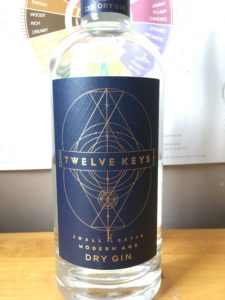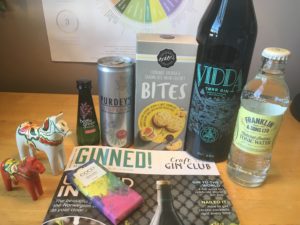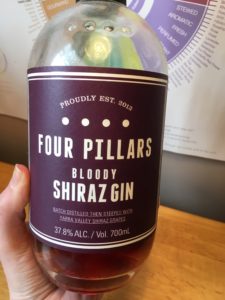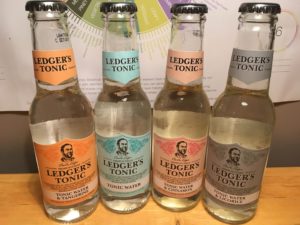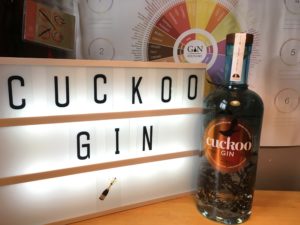Note: I met the Doctor Polidori team and they kindly gave me some bottles to try, but as always I’ll let you know what I REALLY think.
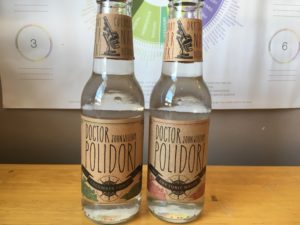 Doctor Polidori tonic comes from Germany from the same people that make Ferdinand’s Saar gin, and I think we’re all thinking the same thing. Who the hell is Doctor Polidori? To know this we have to open our history books to around the time of Lord Byron, Polidori’s client and travelling companion (and originator of the vampire-fiction genre). His records formed the foundation of this modern interpretation of tonic. They have two tonics in their range – the dry tonic which is infused with botanicals such as basil and thyme and a cucumber tonic which includes (funnily enough) cucumber extract which makes the tonic “a refreshing experience beyond compare”. So, how do they taste?
Doctor Polidori tonic comes from Germany from the same people that make Ferdinand’s Saar gin, and I think we’re all thinking the same thing. Who the hell is Doctor Polidori? To know this we have to open our history books to around the time of Lord Byron, Polidori’s client and travelling companion (and originator of the vampire-fiction genre). His records formed the foundation of this modern interpretation of tonic. They have two tonics in their range – the dry tonic which is infused with botanicals such as basil and thyme and a cucumber tonic which includes (funnily enough) cucumber extract which makes the tonic “a refreshing experience beyond compare”. So, how do they taste?
